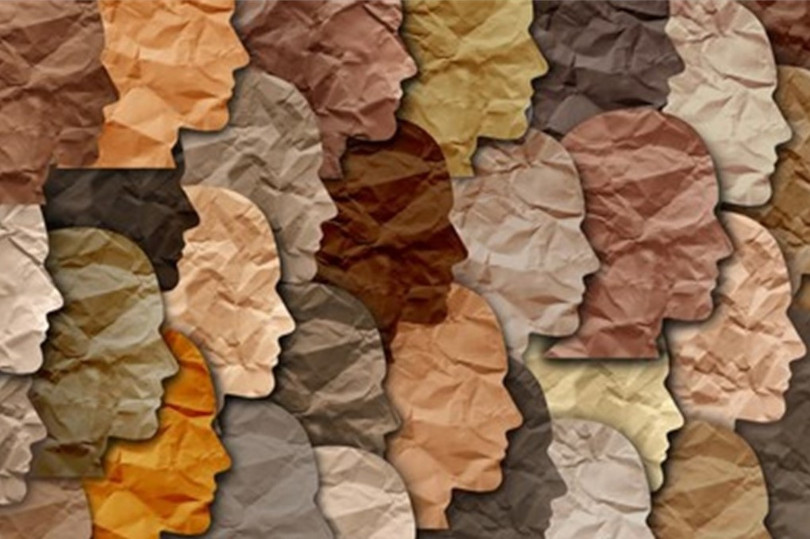On September 22, 2020, President Donald Trump issued an executive order focused on “combating race and sex stereotyping” in federal workplaces and the U.S. military. The order bemoaned the “malign” and “destructive” nature of workplace diversity training, federal and elsewhere, that “perpetuates racial stereotypes and division.” Trump wrote that such trainings are “designed to divide us” and threatening to “infect core institutions of our country.”
His criticism of diversity trainings is uniform to his criticism of critical race theory and the Black Lives Matter movement, both of which he also finds divisive and destructive. In his view, several of the most prominent efforts that claim to address and combat social injustice actually only seek to spread divisive, ahistorical, anti-American, and sometimes socialist or communist propaganda. While this stance remains popular among his supporters, it’s unforgivable to his critics, including incumbent President Joe Biden, who revoked the executive order—and several more of Trump’s—soon after taking office.
Unfortunately, albeit predictably, the damage had already been done. Though the executive order was revoked just four months after its introduction, its legacy lives on. It is survived most conspicuously by two bills currently making headway in the Florida House and Senate; both almost directly copy some of the order’s language, but in the context of Florida workplaces and K-12 schools. The bills, both named “Individual Freedom,” and the executive orders all call for the end of instruction that suggests that one race or sex is superior to another; that any individual is inherently prejudiced or oppressive; that “members of one race or sex [the bills add ‘color’ and ‘national origin’] cannot and should not attempt to treat others without respect to race or sex;” that members of a certain race or sex should be treated adversely or discriminated against, and that “any individual should feel discomfort, guilt, anguish, or any other form of psychological distress” on account of their race or sex.
If we are to take these three documents as sincere attempts at mitigating concerns, as all legislation and executive orders are meant to be, we then find that Trump and his disciples truly believe a reasonable amount of diversity trainings and K-12 curricula espouse these undeniably divisive and discriminatory practices. They believe training sessions and classrooms to be consistent breeding grounds for hate, prejudice, and propaganda. Perhaps they don’t believe this, and only pretend to, in order to advance their own hateful and prejudicial agendas. Whatever their true intentions, these documents are direly burdened by their failure to recognize that hate abounds significantly more outside of diversity trainings than inside of them, and outside of the classroom than inside of it. Instead of aiming their barrels at hate, they aim at what seeks to curb it—an error that seriously calls their authors’ sincerity into question.
Whether the critics believe what they’re saying or not, the reality of today’s American cultural climate is still one in which workplace diversity trainings—whose missions are always to foster inclusive and equitable work environments—are railed against as “divisive,” “offensive,” and “counterproductive to where we want to be as a nation.” Scores of Americans readily label anyone protesting racial inequality as a terrorist. Critical race theory, defined by one of its founders as the study of “the relationship among race, racism, and power” in a legal and historical context, is defined by its critics as “evil,” “an invention of the extremist political left,” and “a deliberate means to sow division and cripple our nation from within.” Since January of last year, fourteen states have passed legislation banning the teaching of critical race theory in K-12 schools, despite it being taught almost exclusively in law schools, restricting the discussion of race and racism by other means. Twenty-one states are currently attempting to follow suit. Apparently, to even address division is to proliferate it.
While conservative lawmakers shadowbox in the name of “Individual Freedom,” freedom itself slinks farther and farther away.


